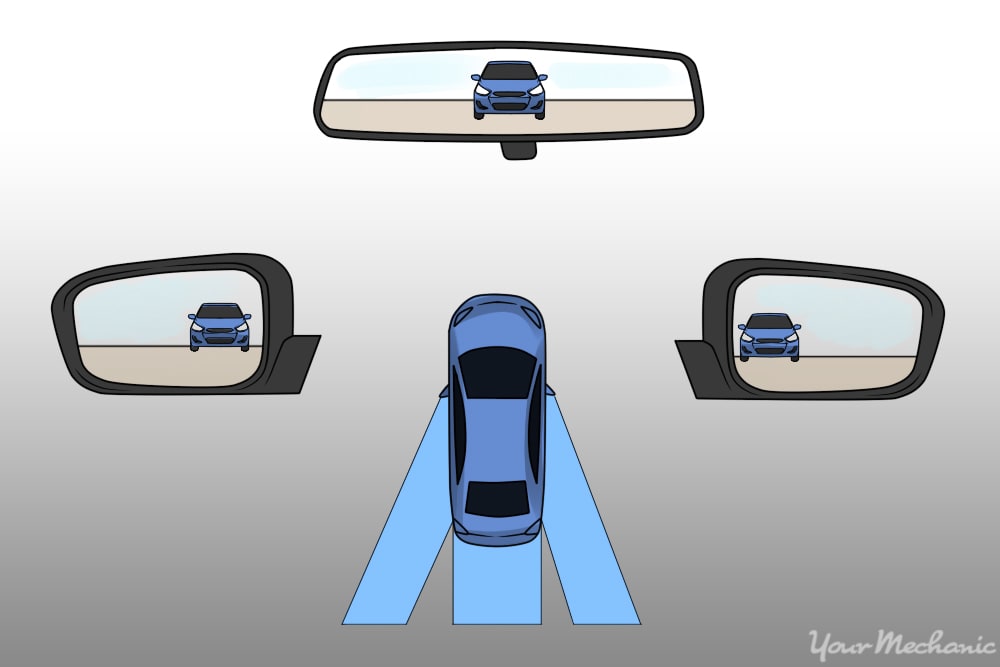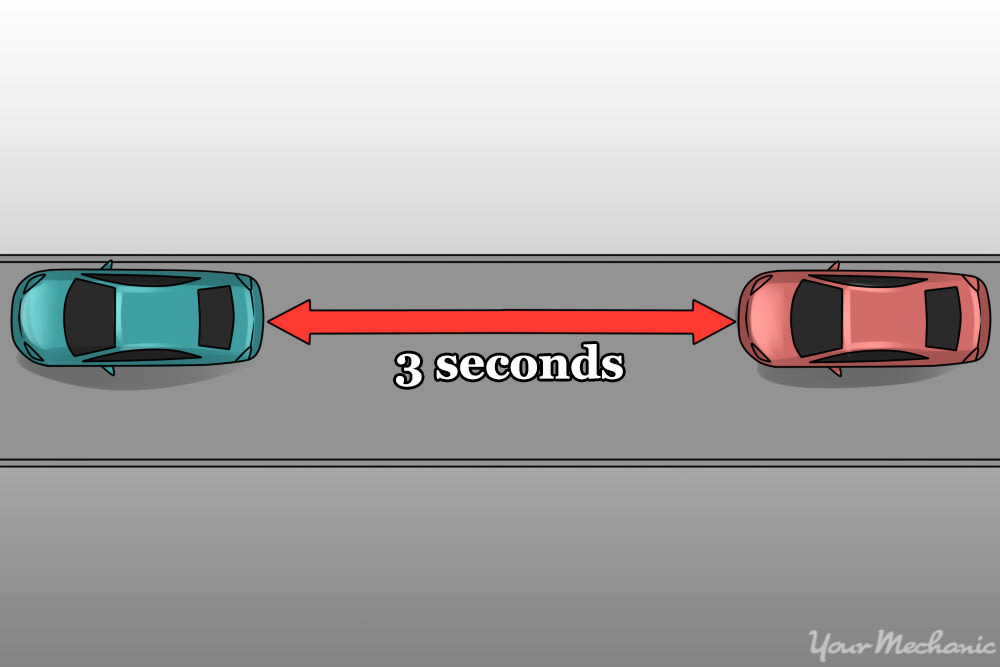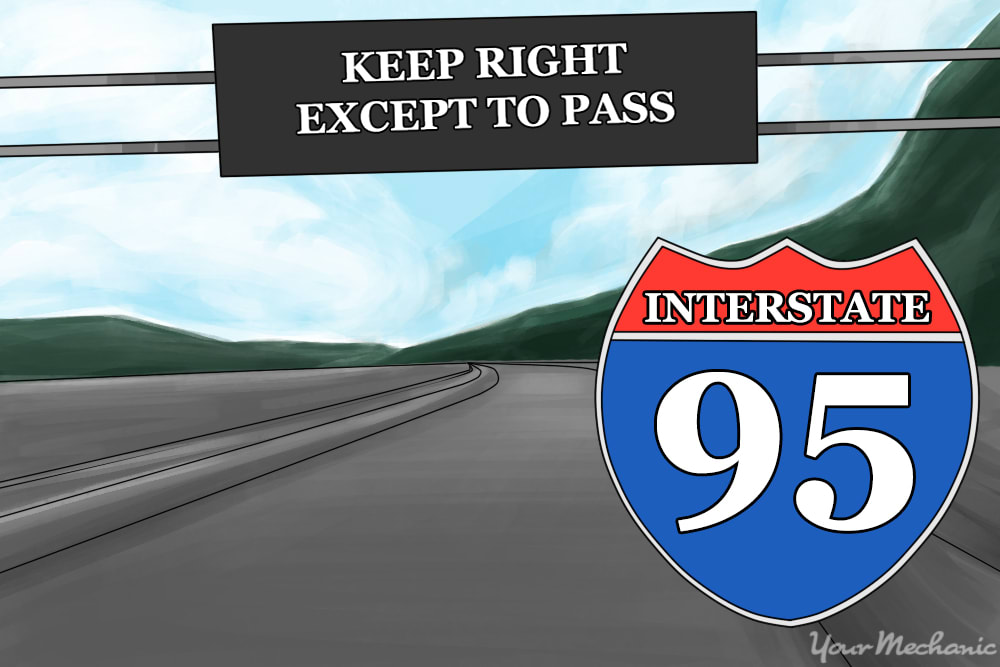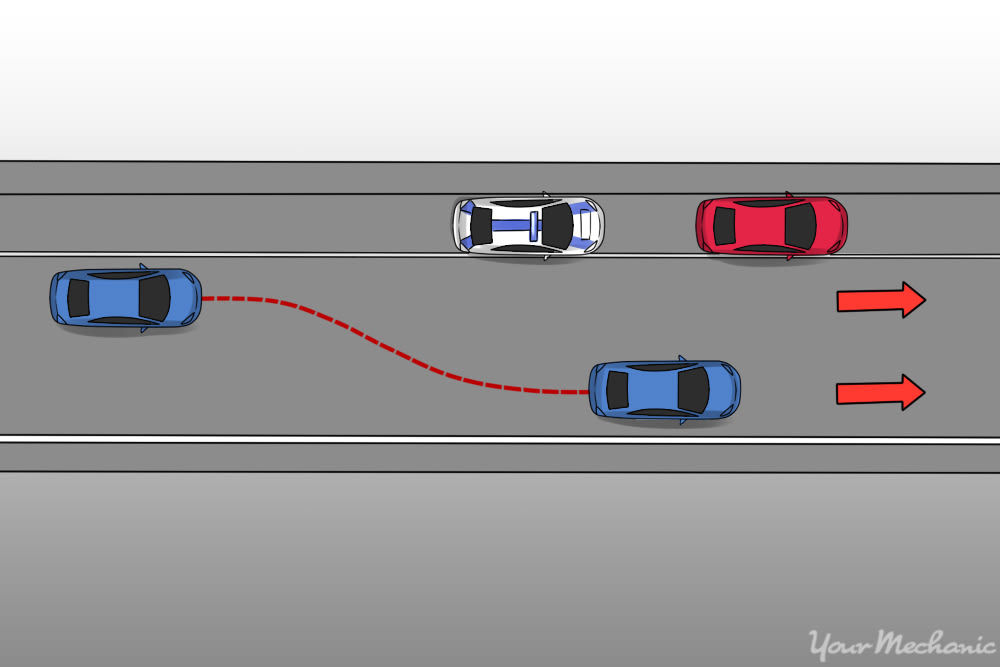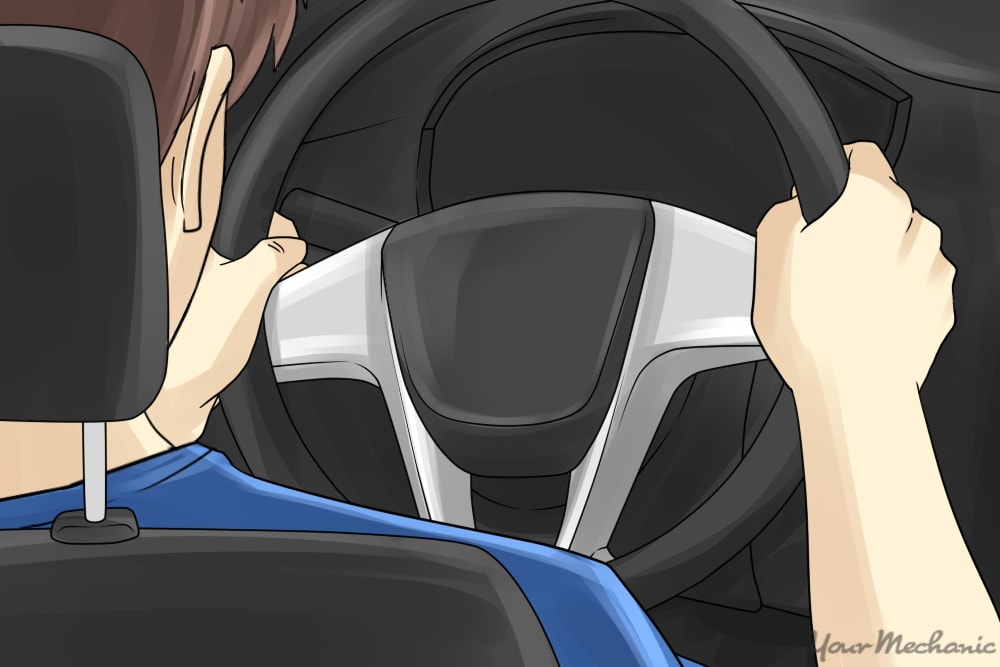

All different types of drivers occupy the roads in our country, both good and bad. While a good driver is often appreciated by those around them, it takes just one bad driver to ruin someone's day. If your driving skills need some improvement, there are certain steps you can take to become a better driver, including observing a safe distance while driving, letting other drivers know your intentions by using turn signals, and adjusting your mirrors to give you the best visibility while driving.
Method 1 of 3: Before you depart
Safe and courteous driving starts before you even leave the house. Whether you improve your driving by taking a behind-the-wheel road course, making sure you have optimum visibility, or avoiding drowsy driving by getting plenty of rest, you can easily become a better driver by taking some basic steps.
Step 1: Take a defensive-driving course. You can sign up for a behind-the-wheel defensive-driving course or find a self-study class online.
Drivers between the ages of 16 and 25 or over the age of 55 who take a defensive driving course, online or in person, can receive discounts on their auto insurance in some states. You can also have points removed from your driving record by taking one of these courses.
Defensive-driving courses help refresh your memory on a wide selection of safe-driving practices, including following distances and how to judge them while driving.
Most courses range from four to eight hours, with online courses running around $35 and in-person defensive-driving courses costing more, ranging between $30 to $50 per hour. To find a defensive-driving course in your area, visit your state's Department of Motor Vehicles website.
Step 2: Check and adjust your mirrors. Once you are in your vehicle, check your mirrors to see that they are properly adjusted.
It is especially important to adjust the mirrors the first time you drive a vehicle or after someone else has driven the car.
To adjust the mirrors in your vehicle, do the following, rest your head against the side window glass and adjust it so that you can barely see the rear of the vehicle. To set the passenger's side mirror to where you want it, lean over so that your head is over the center console. Adjust the mirror so that you can barely see the rear of the vehicle.
Adjust the rearview mirror so that you can see most of the road behind your vehicle. If done correctly, the side mirrors should overlap the rearview mirror, giving you a full field of view of the roadway.
Step 3: Get plenty of rest. Another great way to make sure you are in the best shape possible to drive is to get plenty of rest.
Driver fatigue is a leading cause of roadway accidents according to the National Highway Traffic Safety Administration (NHTSA), with over 100,000 reported accidents as a result of driver's operating vehicles while sleepy each year.
Method 2 of 3: Driving in the city
Once you put on your seatbelt and adjusted your mirrors, you are ready to depart. When driving, you can expect to find yourself in the city or on the highway. City driving encompasses a lot of stop-and-go driving, requiring you to follow the direction of signs and traffic signals. During city driving, other motorists are in closer proximity and traffic is generally slower than traffic on highways.
Step 1: Constantly check your mirrors. While driving within the city, you need to constantly check your mirrors and the roadway around you.
Your vehicle's mirrors are important in letting you know when someone is beside your vehicle on multilane roads. Your mirrors also let you know when emergency vehicles are approaching with their lights flashing, signaling you to pull over to the right side of the road so they can pass safely.
Step 2: Keep a safe driving distance. When driving in traffic, make sure that you keep a minimum distance from the vehicle in front of you.
You can use the three-second rule to determine if you are too close to a vehicle in front of you or not. The best thing about the three-second rule is that it works at any speed.
The three-second rule goes like this: As the vehicle in front of you passes an object on the side of the road, such as a pole, tree, or sign, you start counting. If you count three seconds before your vehicle passes the object, you are far enough behind; anything less, and you are too close.
Step 3: Use your signals. Use your turn signals to let vehicles behind you know your intentions when changing lanes, turning, or slowing.
Keep in mind that when your vehicle breaks down, always use your vehicle's hazard lights to signal other drivers to your presence on the road.
Step 4: Do not block intersections. When you come to a stop at a traffic light, always remain behind the white line.
If you stop over the white line at a traffic light or stop sign, your vehicle might block traffic that is crossing in front of you. You should also look for signs telling you not to block a side street. This allows traffic to flow smoother, as drivers exiting out of side streets have an opportunity to enter the flow of traffic.
Step 5: Treat other drivers courteously. You should always treat the other drivers around you with respect and courtesy.
This includes letting other vehicles enter traffic when they are exiting parking lots or side roads, as long as it doesn't impede the regular flow of traffic.
Remember, remaining a little more cautious and taking the extra time needed to get to your destination, instead of rushing around, can save you the time wasted when dealing with an accident or keep you from getting a traffic ticket.
Method 3 of 3: Driving cross-country
Driving on the open highway is usually much different than driving in stop-and-go traffic on a city street. With fewer traffic lights, highways and interstates allow drivers to get to their destinations more quickly. This increase in speed means that you must remain ready to react quicker to unexpected events, such as when the drivers in front of you stop suddenly or you see an emergency vehicle on the side of the road.
Step 1: Do not exceed the speed limit. While it might be tempting to do so, resist the urge to surpass the speed limit.
Not only is speeding against the law and could result in a ticket, the speed limit is meant to protect you and the other drivers around you. Many speed limits around the country on highways and freeways set at 65, 70, or even 75 MPH. Always follow the posted speed limit in the area you are driving.
In addition, studies have proven that, as you exceed 70 MPH, your fuel mileage starts to fall off significantly. So, not only are you paying more for gas, you also run the risk of getting a speeding ticket.
Step 2: Only use the fast lane to pass. In many states with two-laned roads, the left-hand lane is for passing only.
This allows faster vehicles to pass slower ones and keeps traffic flowing smoothly. Most states that have a regulation about using the left-lane for passing post signs along the roadway so that drivers are aware of the law.
Step 3: Maintain a safe distance. Just as on city streets, it is important to maintain a safe distance when driving on highways and freeways.
For the most part, the three-second rule applies on highways as well. Some extra considerations include allowing more distance between you and another car when driving at night or in inclement weather, such as fog and rain.
Additionally, do not cut other drivers off when merging, whether when on an on-ramp or when passing. This is especially important when passing or merging in front of an 18-wheeler truck. The truck's stopping distance is much greater than a car's and could lead to serious injury if you cut them off and then have to stop suddenly.
Step 4: Prepare for an emergency. Most highways and freeways have a wide right shoulder for emergency use only.
If possible, do not stop on the side of the road. Instead, when you have vehicle trouble, stop at a rest area or get off at an exit and pull into a parking lot or other safe area to attend to your vehicle. If you must stop on the side of the road or on the side of the highway, pull over off the road as far to the right as possible.
Step 5: Resolving an emergency. Turn on your hazard lights and use caution if you must exit the vehicle.
Stay in the vehicle, if possible, until help arrives.
- Tip: If you do not have a cell phone, tie a brightly colored cloth to your vehicle antenna and raise the hood. This is to signal the police, other drivers, or road crew personnel that you need help.
Step 6: Get over if possible when encountering emergency vehicles. If you come upon an emergency vehicle with its lights flashing on the side of the road, slow down and get over to the next lane if possible.
If you are driving in heavy traffic and can't get over, slow down and use caution, watching for emergency personnel or other motorists on the side of the road.
By practicing safe-driving techniques, you can improve your overall driving skills, making the roads safer for you and others. In addition to watching how you drive, you should also make sure all of your lights, turn signals, and hazard lights work properly when on the road. To ensure these items are in good working condition, have one of our mechanics perform a 75-point safety inspection on your vehicle.



